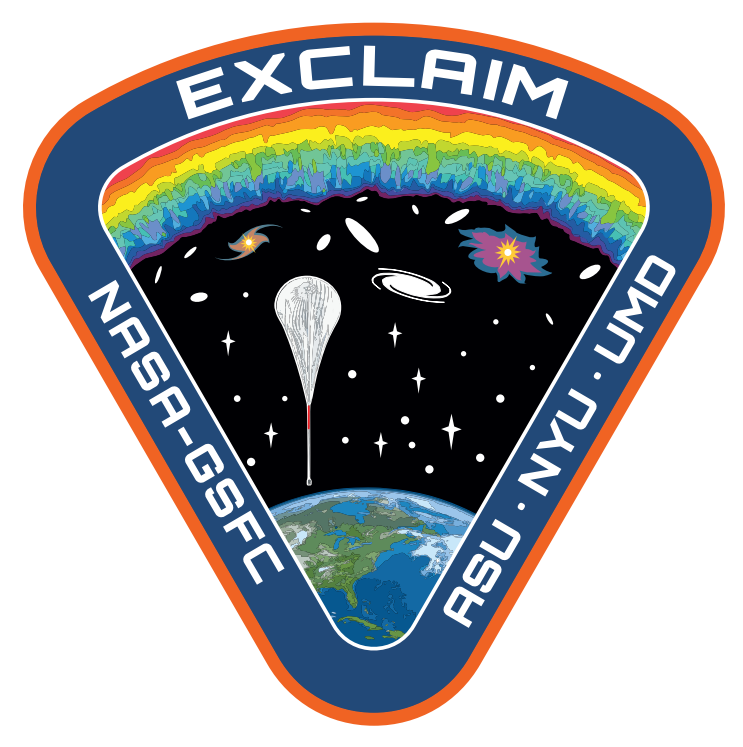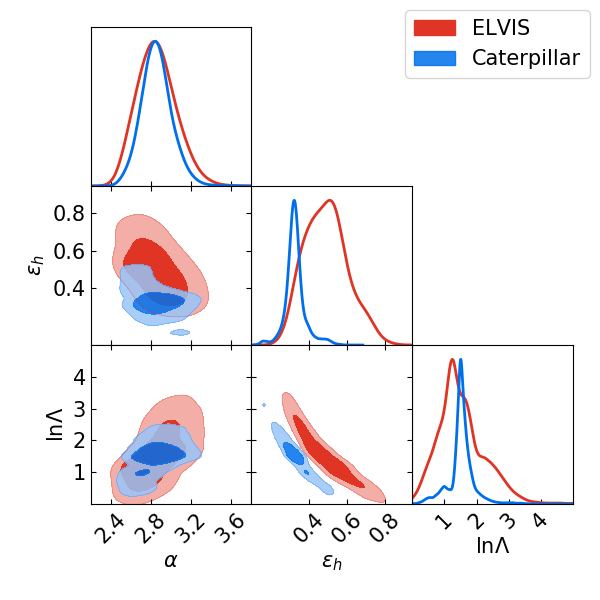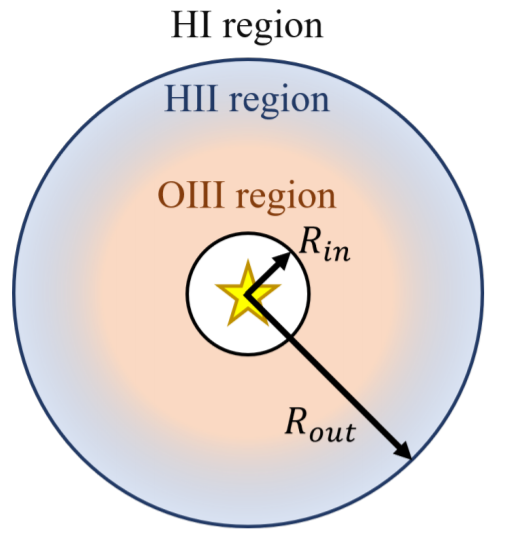
Shengqi Yang
Intensity Mapping Surveys
 Intensity Mapping (IM) is an emerging technique that integrates the emission along the
line-of-sight from all resources. Comparing to the galaxy spectroscopic survey, IM
measurements represent the average galaxy population (including faint sources) across
large volumes. IM is promising in revealing the correlation between emission line
luminosity and galaxy star formation as well as interstellar medium (ISM) properties.
Together with collarborators, we measure an excess consistent with the CII fine sturcture
line, which is the brightest far-infrared emission line and a strong tracer of star
formation, at redshift z~2.6 [1904.01180]
through cross correlating the Planck HFI intensity maps with eBOSS QSO map. This is the
current most significant detection of an excess consistent with the CII emission line
from intensity maps.
Intensity Mapping (IM) is an emerging technique that integrates the emission along the
line-of-sight from all resources. Comparing to the galaxy spectroscopic survey, IM
measurements represent the average galaxy population (including faint sources) across
large volumes. IM is promising in revealing the correlation between emission line
luminosity and galaxy star formation as well as interstellar medium (ISM) properties.
Together with collarborators, we measure an excess consistent with the CII fine sturcture
line, which is the brightest far-infrared emission line and a strong tracer of star
formation, at redshift z~2.6 [1904.01180]
through cross correlating the Planck HFI intensity maps with eBOSS QSO map. This is the
current most significant detection of an excess consistent with the CII emission line
from intensity maps.
Milky Way continuum foreground and interloper line contamination are the two main challenges of IM data analysis. In [1812.06223] I try to add Milky Way template maps in order to limit the IM signal uncertainty, although in practice the Milky Way template maps do not provide significant benefit :-(
Taking advantage of the high frequency resolution, future IM surveys including the Experiment for Cryogenic Large-aperture Intensity Mapping (EXCLAIM) should permit a unique measurement of the clustering of line and continuum radiation as a function of redshfit! I am interested in developing new foreground removal techniques and extract more significant signal detection from the upcoming IM data! :-D
Galaxy Formation Semi-analytic models
Semi-analytic model (SAM) is an intermediate approach between direct analytic reasoning and pure numberical simulation. It makes less assumptions than analytic models while is less computationally expensive than N-Body pr hydrodynamic simulations. SAMs have wide applications, such as constraining dark matter (DM) properties, probing galaxy formation processes, and generating mock IM data. Together with collarboators, I develope a new calibration methos of sub-halo orbital evolution for a open source SAM -- Galacticus [2003.10646]. Non-linear sub-halo evolution models calibrated in this work can provide more accurate semi-analytic predictions for sub-halo statistics and place more robust constraints on DM microphysics with future observations.
I am currently working on using Santa Cruz SAM to simulate physically grounded IM mock data for COMAP and EXCLAIM surveys. Can I Calibrate Santa Cruz SAM with similar approch? Or should we use machine learning techniques?
ISM analytic models
Beside SAMs, I am also interested in probing the correlations between line emission and ISM properties as well as galaxy SFR with analytic models. Together with collaborators I develop an analytic model for OIII fine structure emission [2007.14439]. This model sums over the emission from discrete Stromgren spheres and consider the total volume of HII regions in a galaxy of a given SFR. It predicts a galaxy's OIII 88 micron luminosity from the gas density, metallicity, the rate of hydrogen ionizing photons emitted, and the shape of the ionizing spectrum. We use this model to interprete the recent ALMA OIII measurements of galaxies during the Epoch of Reionization.I am currently thinking about extending this model to other emission lines such as CII and OII.

Test Gravity
EG statistic is a nice quantity to probe gravity. By design, EG is independent of the clustering bias, which is hard to measure, and is scale-independent assuming GR. However, a process which is not accounted for during the original EG construction -- magnification bias, can shift EG significantly for upcoming high-redshfit surveys and make it scale dependent even under GR. In [1807.05639] we use the convergence auto power spectrum to estimate and subtract higher order terms contributed by the lensing magnification effect. We test through simulations that this calibration methos can calibrate EG from 2-4 times the simulation error to well within the error. This method will work increasingly well in future CMB lensing surveys.Can we measure EG instead through fine structure lines intensity mapping?